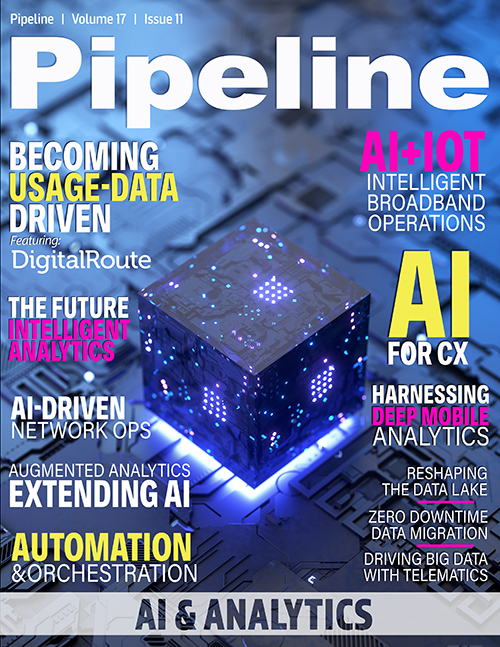AI, ML and the Intelligent Analytics Future
By: Bartlomiej Gorny

Adoption of artificial intelligence and machine learning technologies is growing. According to recent research, almost 60 percent of communication and digital service providers claim to have applied AI- and ML-driven technologies in their operations in one way or another. This proves that even though applying artificial intelligence and machine learning in telecommunications is still quite new and expensive, communication and digital service providers strongly believe the technology to be worth implementing.
Many service providers still wonder about the right ways to utilize and monetize artificial intelligence and intelligent big data analytics, as there aren’t as many use cases as we’d wish there to be. Nevertheless, market observations and research allow us to share a few interesting insights about the most promising ways to utilize and monetize technologies driven by artificial intelligence and machine learning.
Creating and managing smart networks
As 5G networks are spreading around the globe, communication and digital service providers are looking for ways to make their networks ready, knowing that the true realization of the 5G-powered technologies’ full potential calls for large-scale automation.
This kind of automation can only be provided by artificial intelligence and machine learning. By utilizing AI- and ML-driven solutions, telecommunication companies and other digital service providers can make their networks intelligent.
But what exactly are these “smart networks?”
Automated, cross-vendor, self-healing and auto-scaling
To thrive in a world of 5G networks with an upcoming boom of 5G and IoT services, communication and digital service providers must make their networks more autonomous. This may (and should) include automated network healing and scaling. It will also involve finding ways to avoid vendor lock-in and enable vendor switching in real time, which allows CSPs to choose the VNFs that are best fitted to the current business needs.
Therefore, if an operator wants to make their network intelligent enough to handle future services, utilizing solutions powered by artificial intelligence and machine learning is a must. The success of digital and communication service providers will largely depend on the speed, swiftness and flexibility of their services and networks.
Predictive and preventive maintenance
Apart from the more virtual area of network management, communication and digital service providers must also take care of the physical network infrastructure that demands high maintenance costs in terms of finances and human resources.The solution might be AI-powered predictive and preventive maintenance, which allows smarter resource allocation. Ideally, these will be combined with autonomous tools such as drones, optimizing maintenance processes and saving time and money.
Apart from optimizing management of large infrastructure in the populated areas, these solutions also allow the deployment and maintenance of networks in very remote, hard-to-reach locations, which has been impossible until now.
Deploying and monetizing 5G services
To date, 5G hasn’t really made the big change it was supposed to. The arrival of the next-generation network was thought to be a real game-changer, yet hardly anything changed. Why?
It might be because we’re thinking about the wrong 5G. Fifth-generation networks offer better connections and higher speed, but apart from that nothing truly groundbreaking—yet. It is 5G services that may bring real upheaval to the market.
Here, we can think about two types of 5G services – B2B (business-to-business) and B2C (business-to-consumer). Monetization possibilities can come from both, and here’s how.



















